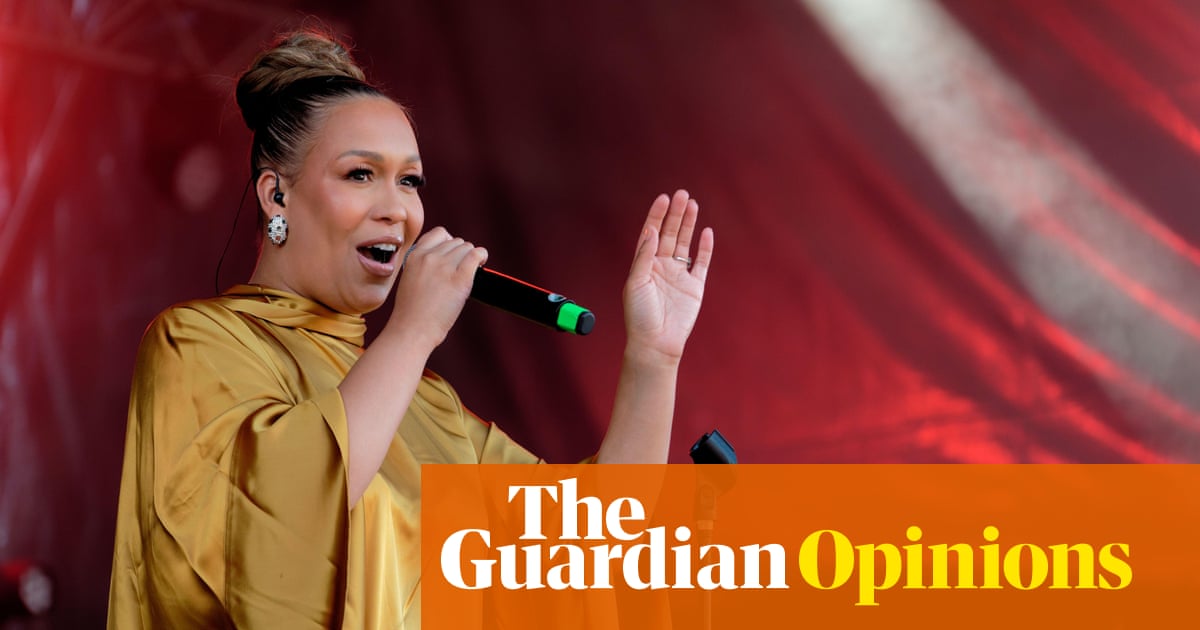
Gina Haspel was sworn in last week as the first female director of the CIA. Women have slowly made progress in senior positions of influence in US foreign policy and national security, but they remain a minority. Haspel, who has spent more than 30 years with the agency, gave credit to “generations of … agency women in roles both large and small who challenged stereotypes, broke down barriers and opened doors for the rest of us.”
She joins a short list of the first women to hold senior US government positions: Juanita Kreps as Commerce Secretary in 1977, Jeane Kirkpatrick as ambassador to the UN in 1981, Madeleine Albright as Secretary of State in 1997, and Condoleezza Rice as national security adviser in 2000. Several key positions in foreign policy are still held exclusively by men. The US has never had a woman as Secretary of Defense, chairman of the Joint Chiefs of Staff, director of National Intelligence (DNI), director of the National Security Agency or Treasury Secretary.
The list of current and recent occupants of the most senior positions in US foreign policy and national security is still overwhelmingly male, despite Haspel’s promotion and Nikki Haley as UN ambassador. However, at the next rung down — still quite senior positions such as under and assistant secretaries and deputies — there is greater diversity at the DNI, State and Defense. For example, under the Obama administration, Michele Flournoy was appointed Under Secretary of Defense for Policy — the highest-ranking woman ever in the Pentagon at the time. Anne-Marie Slaughter was the first female director of policy planning for the State Department, from 2009 to 2011. In 2016, Gen. Lori J. Robinson became the first woman to head a major combatant command in the military when she was selected to lead the US Northern Command. Under the Trump administration, examples include Mira Ricardel, deputy national security adviser; Sue Gordon, Deputy Principal DNI; and Kari Bingen, Deputy Under Secretary of Defense for Intelligence.
There are also women in many other important positions with influence on foreign policy and national security throughout the US government and in think tanks — more than when I arrived in Washington nearly 20 years ago. It has been a gradual shift, reflecting broader social trends and some specific changes in Washington after the September 11, 2001, terrorist attacks.
Women in senior foreign policy and national security positions face an additional challenge in the need to appear “tough” — a need that reflects stereotypes of women as weak or too soft for such challenging roles
Kerry Boyd Anderson
Nevertheless, some statistics suggest that the involvement of women in senior positions has taken a step back. Donald Trump is well behind Barack Obama at the same point in their presidencies in terms of appointing women to political positions, such as at State and Defense. Haspel is the first woman appointed by Trump to a senior position that no woman has held before; while her appointment is certainly historic, the rate at which women reach the top levels remains slow.
They face many challenges, some familiar to women throughout the US and other countries, including gender discrimination and the difficulty of balancing work and family in demanding jobs with long hours.
Furthermore, just like men, those in senior positions are often controversial figures. Haspel’s Senate confirmation nearly faltered over objections to her connections with the CIA’s use of torture after the September 11 attacks. The first US Ambassador to the UN, Jeane Kirkpatrick, was criticized for her willingness to support authoritarian regimes as US partners. Madeleine Albright faced condemnation for comments that seemed cold-hearted toward the suffering of Iraqi children under US sanctions. Anyone who has followed US politics knows that Hillary Clinton, Secretary of State during the Obama presidency, is a magnet for controversy.
Women in senior foreign policy and national security positions face an additional challenge in the need to appear “tough” — a need that reflects stereotypes of women as weak or too soft for such challenging roles. Since those who achieve top positions are often shaped by their rise through a male-dominated environment, some question their effectiveness at bringing broader women’s perspectives into policy making. Some early female leaders in the field specifically avoided issues that were seen as “soft,” such as women’s rights and human rights; others — such as Clinton — were more willing to embrace the idea that they could argue for women’s rights and traditionally “soft” areas such as diplomacy and social development while simultaneously playing a serious role in the “hard” issues such as defense and intelligence.
There is an extensive debate over whether having more women in leadership positions would bring a more female perspective to policy making; what that would look like; and whether it would be a positive development. However, at a minimum, more women in leadership positions would increase the diversity of experiences and perspectives that influence essential areas in US policy — policies that also affect the rest of the world.
Kerry Boyd Anderson is a writer and political risk consultant with more than 14 years’ experience as a professional analyst of international security issues and Middle East political and business risk. Twitter: @KBAresearch












